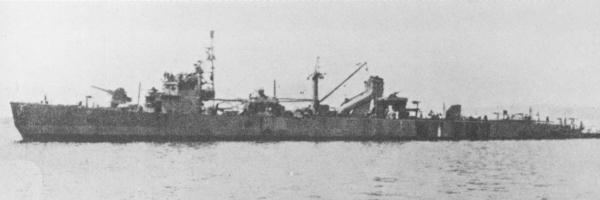Preceded by No.1-class patrol boat | Built 1943–1945 | |
 | ||
Name No.1-class landing ship Builders Kure Naval ArsenalMitsubishi Heavy Industries Cost 6,912,000 JPY as first ordered 22 vessels7,126,000 JPY as second ordered 12 vessels | ||
The No.1-class landing ship (第一号型輸送艦,, Dai 1 Gō-gata Yusōkan) was a class of amphibious assault ships of the Imperial Japanese Navy (IJN), serving during and after World War II. The IJN also called them 1st class transporter (一等輸送艦,, 1-Tō Yusōkan).
Contents
Background
Design
Construction
Service
References
No.1-class landing ship Wikipedia(Text) CC BY-SA
